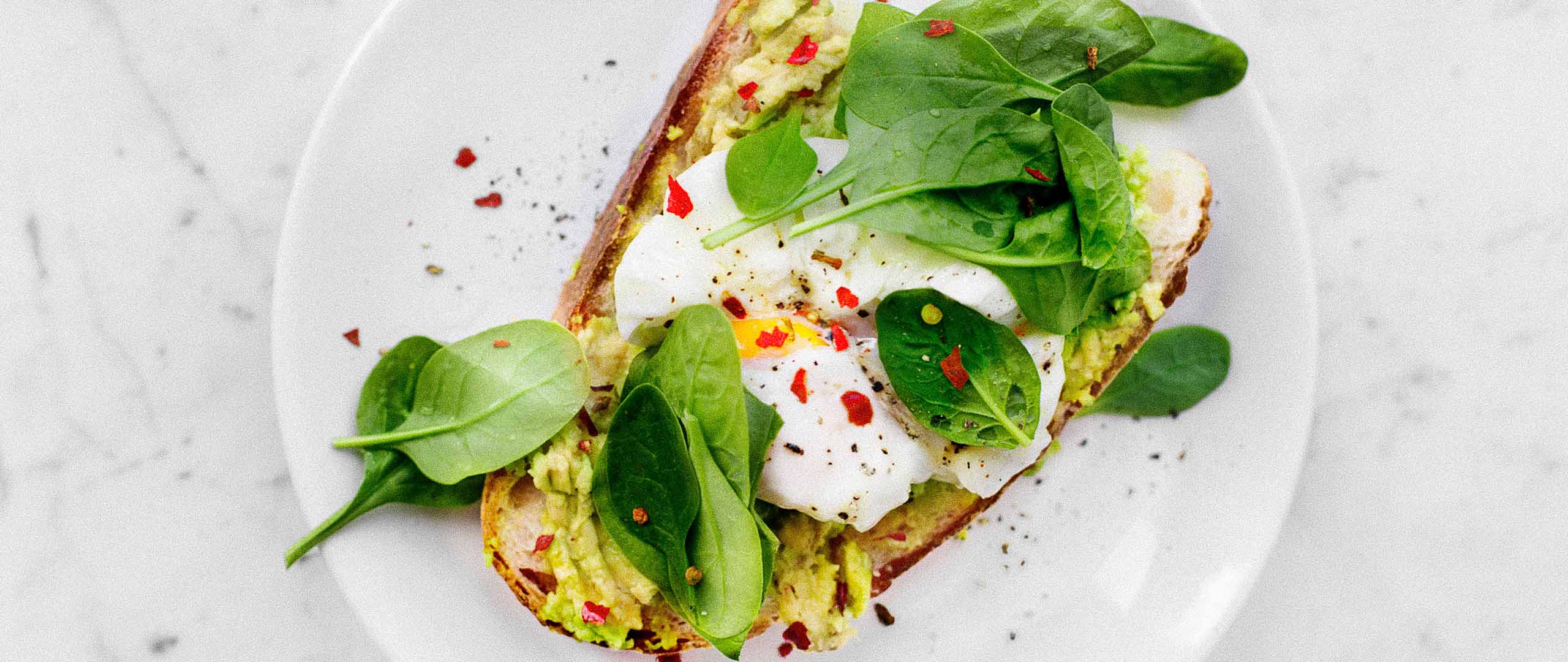The Mediterranean diet is consistently a top contender on the best-rated diets list. And it’s no surprise why. Studies show that the diet has many health benefits. For instance, promotes weight loss, slows aging, and can even cut your risk of cardiovascular disease in half.
It’s also rich in fruit, veggies, and healthy fats. But the real good news is that it’s one of the easiest diets to adhere to. Additionally, it’s unrestrictive, which means you can still enjoy bread and even alcohol on the plan.
Moreover, you don’t have to completely overhaul your diet to reap the benefits. Even though there are many diets on the market, you probably heard of the Mediterranean diet. If you have a chronic condition like heart disease, your doctor may even have prescribed it to you. It is often promoted to decrease the risk of dementia, depression, and heart disease.
The traditional diets of countries bordering the Mediterranean Sea differ slightly. So, there are different versions of the Mediterranean diet.
The Mediterranean Diet Swaps
This diet is a primarily plant-based eating plan. It includes daily intake of whole grains, olive oil, fruits, veggies, beans, and other healthy foods. And other foods like animal proteins are eaten in smaller quantities. Of course, the preferred animal protein is fish and seafood.
Although the pyramid shape suggests the proportion of foods to eat, it doesn’t specify portion size. It is up to the individual to decide exactly how much food to eat at each meal. This is because it will vary by physical activity and body size. There are additional points that make this eating plan unique.
Making some of the below Mediterranean diet small swaps today, will add up to big health benefits tomorrow.
1. Swap Beef For Salmon
The Mediterranean diet encourages the consumption of fish at least twice per week. High in omega-3 fatty acids, salmon is a heart-healthy choice. Not to mention, rich enough in flavor to live up to your favorite beefy meal. Swap out your beef burger for a salmon burger. And instead of grilling up a steak for dinner, use salmon.
2. Use Olive Oil Instead Of Butter
Is butter your go-to topping for pasta, steamed veggies, and bread? There’s a good reason to replace it with olive oil. Because it contains heart-healthy monounsaturated fats, olive oil aids in lower cholesterol. Adding nuts to this diet can improve memory in older adults.
A recent study has even more promising news. Women followed this diet supplemented with 4 tbsp of extra virgin olive oil per day. They had a lower risk of malignant breast cancer than those advised to reduce their fat intake.
Enjoy olive oil drizzled on pasta and steamed veggies. Or sprinkled with ground pepper and served as a dip for a loaf of whole wheat bread.
3. Switch Jelly To Berries
Fruits and vegetables should be staples of every healthy eating plan. And this diet is no exception, emphasizing that every meal is built around plant-based foods. If you’re a PB and J lover, ditch the sugar-laden, processed jelly and opt for fresh berries instead. Layer sliced strawberries, raspberries, or blueberries on top of your peanut butter toast for a sweet and salty sandwich. It’s so delicious and without any of the added sugars. Or make your own spread by pulsing berries in a blender until you reach a chunky, jelly-like consistency. Then, use as you would jelly on sandwiches, toast and stirred into oatmeal.
4. Swap Salt For Herbs and Spices
Put down the salt shaker! Mediterranean cuisine is big on herbs and spices — a super easy swap that we can all benefit from. To season dishes, rely on your spice rack for calorie-free additions that pump up the flavor. Fresh herbs are a best kept secret in the kitchen. Turning even the most basic dishes into an impressive meal. Basil’s fresh taste really livens up pasta recipes. And chopped mint brightens grain-based salads and rich meats like lamb. When it comes to spices, use ginger to add a zesty kick to stir-fries. Smoked paprika for meat rubs and stews.
You may also enjoy reading: Types of Tea For Your Immune System












Leave a Reply